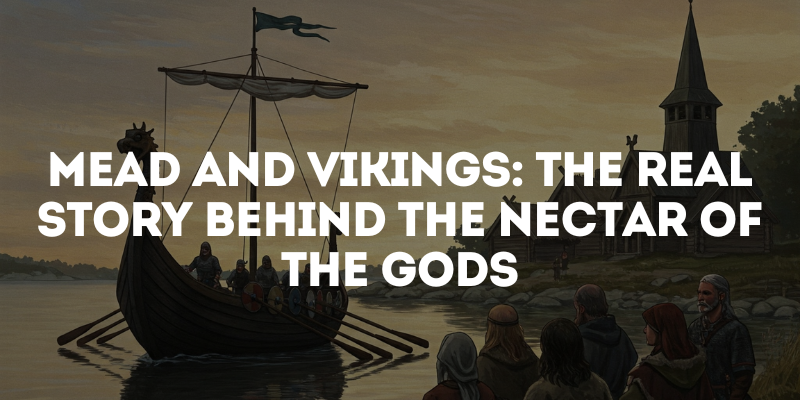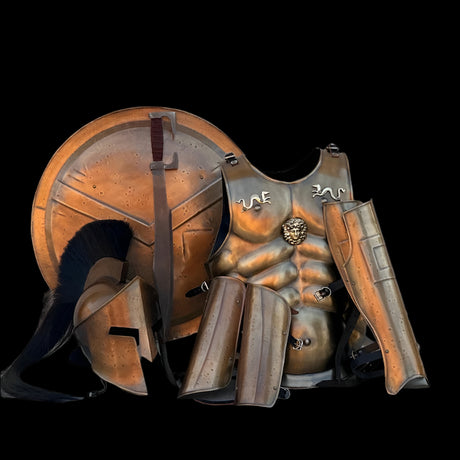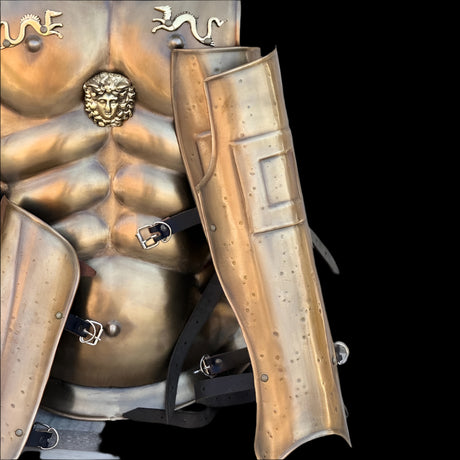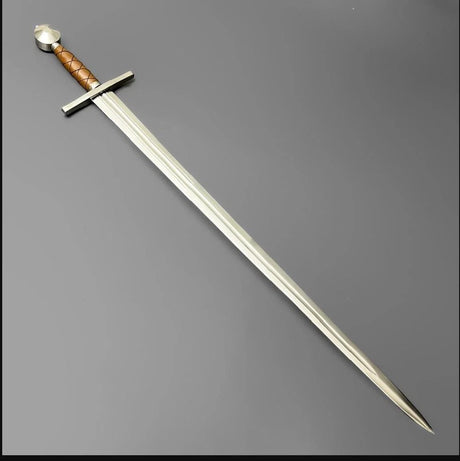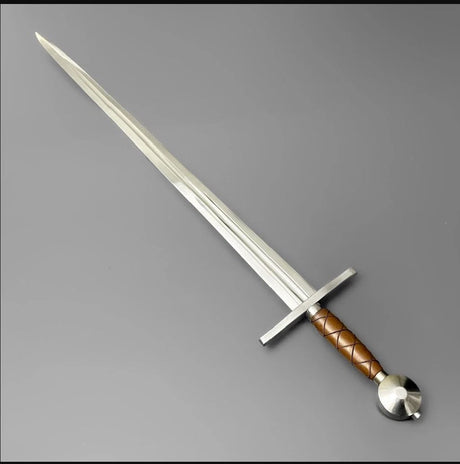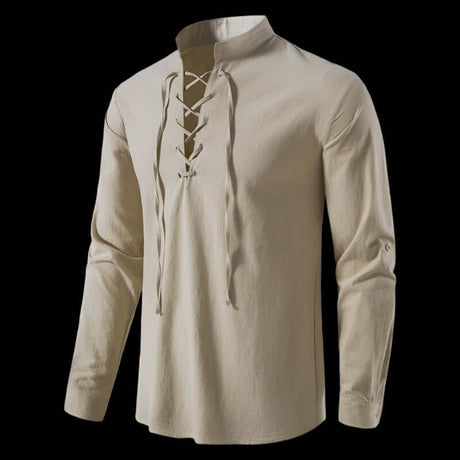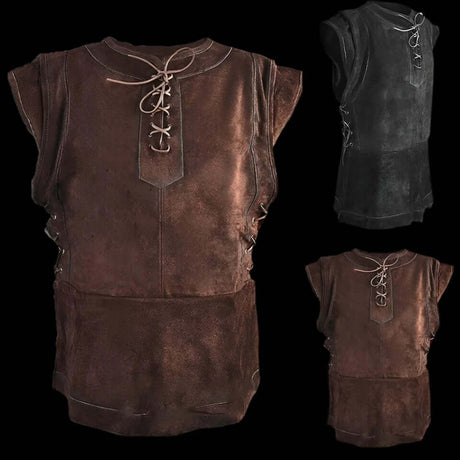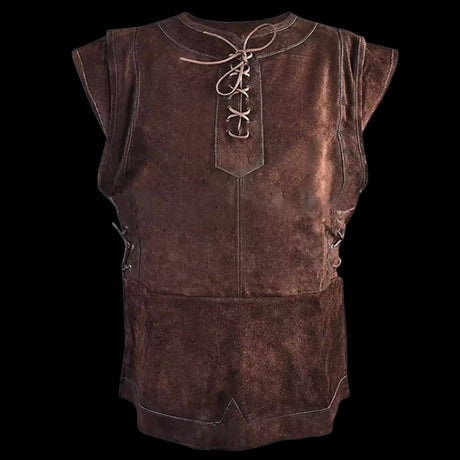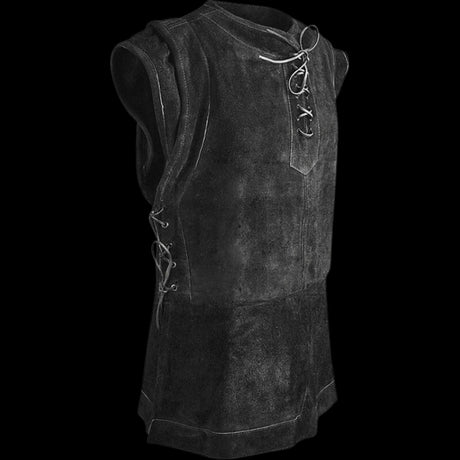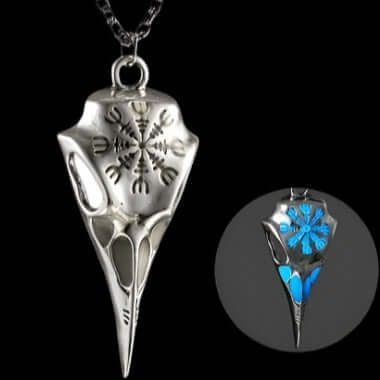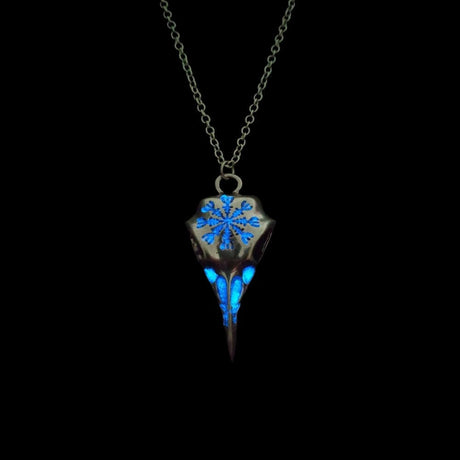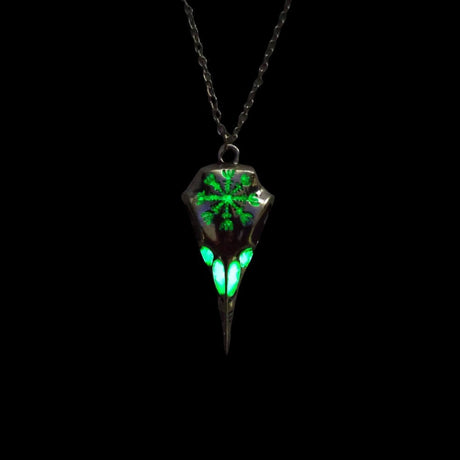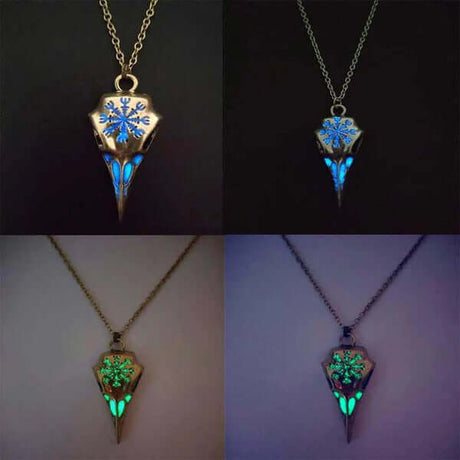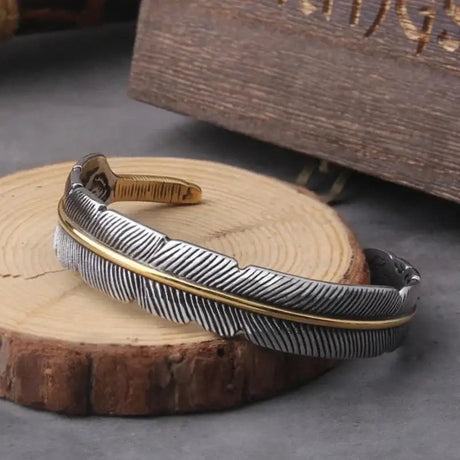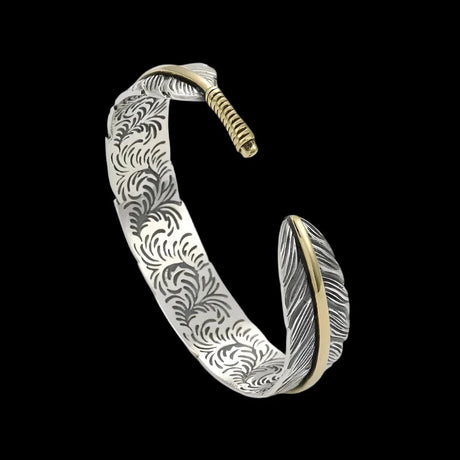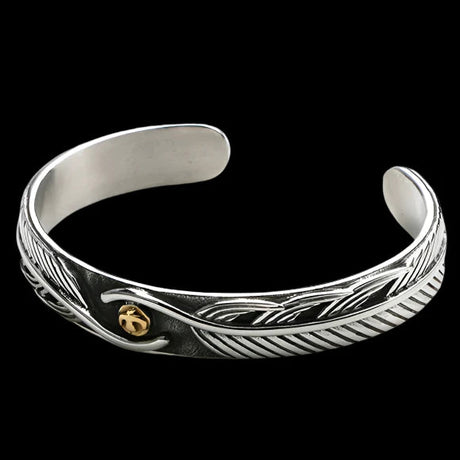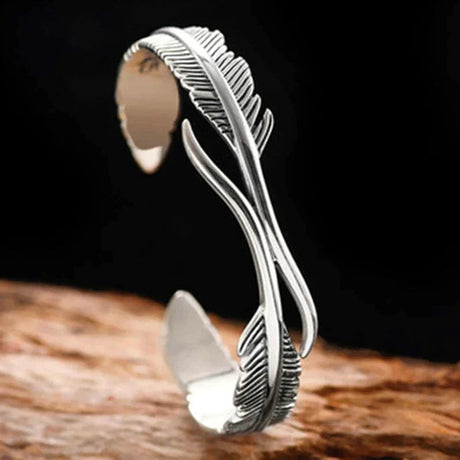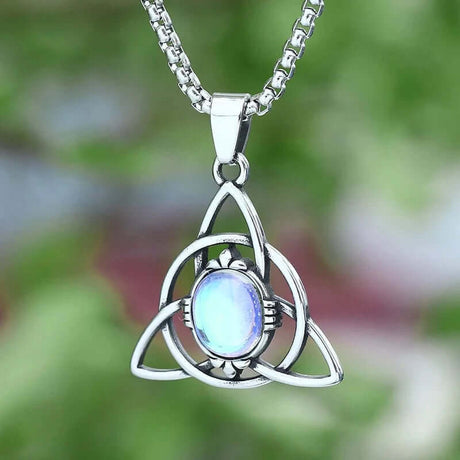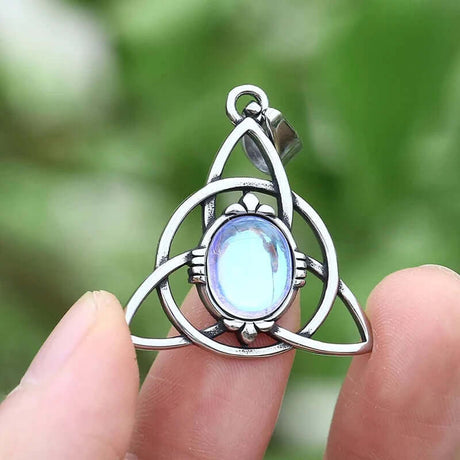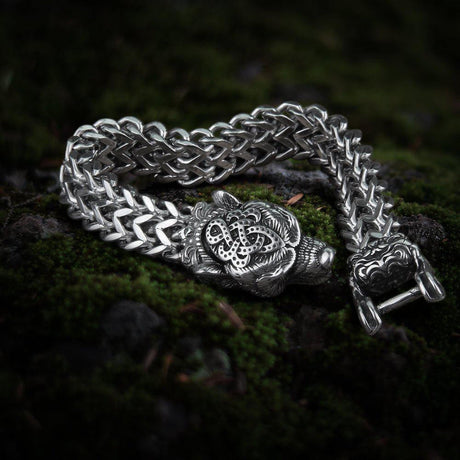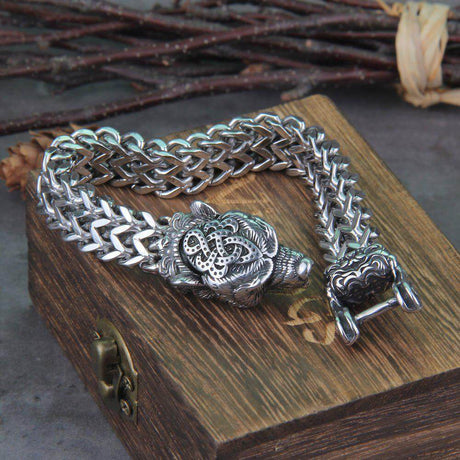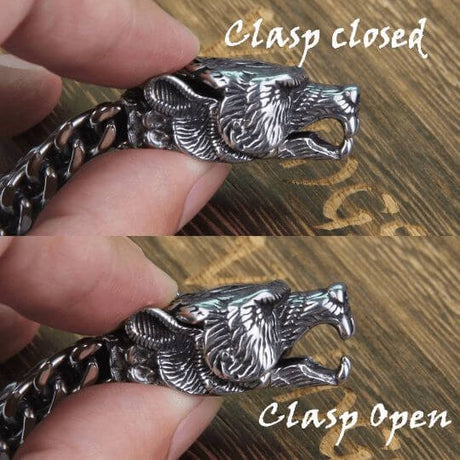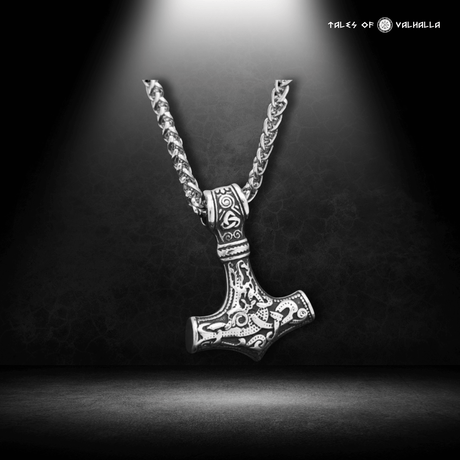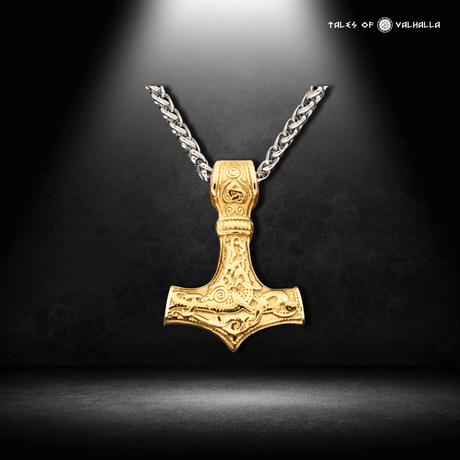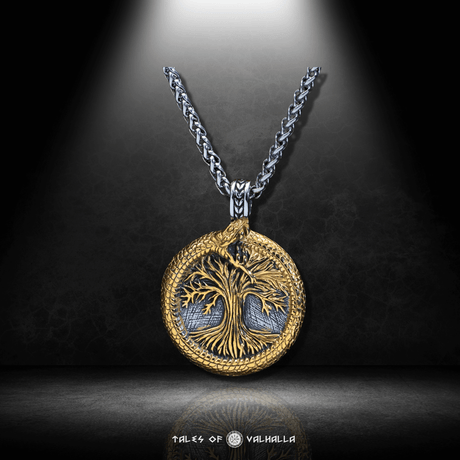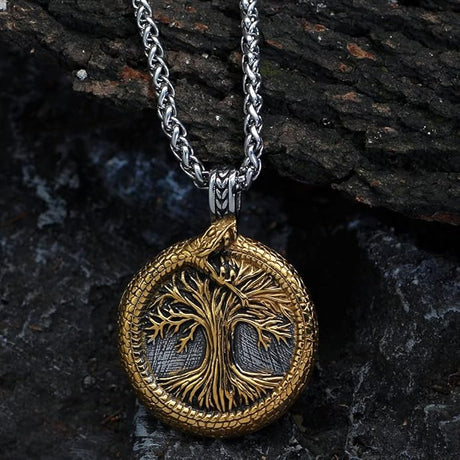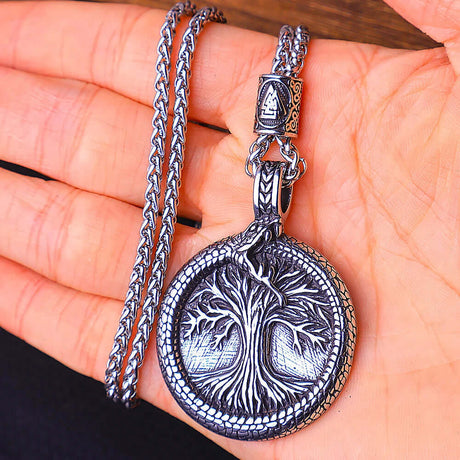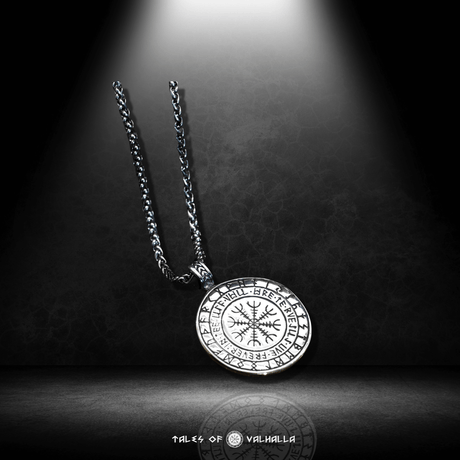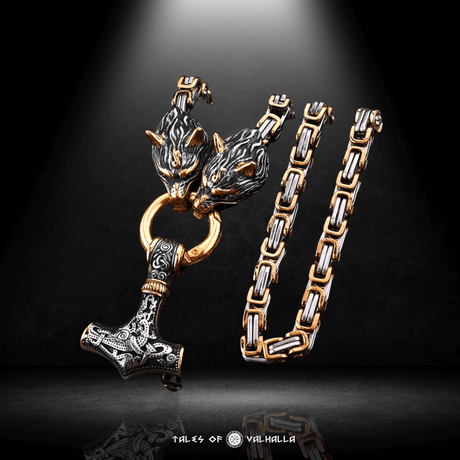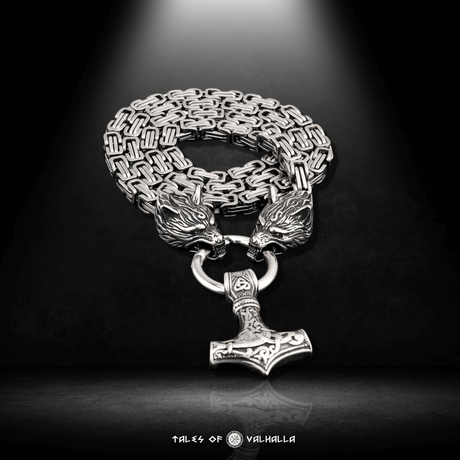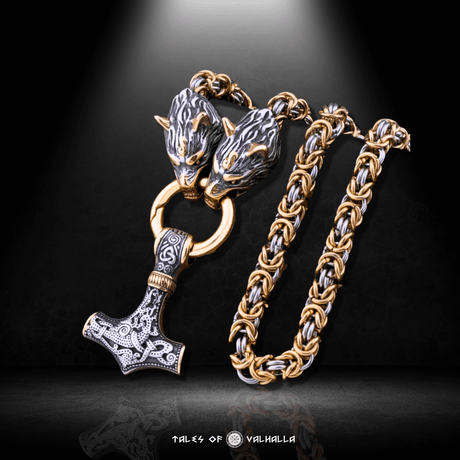Picture a Viking longhouse, the central hearth blazing, casting dancing shadows on walls adorned with shields. A victorious Jarl rises, his drinking horn held high, the golden liquid within catching the firelight. This isn't just any drink; it's mead, the legendary nectar of the Norsemen, a beverage steeped in myth, magic, and social significance. The connection between Mead and Vikings is one of the most iconic pairings in history, a relationship that goes far beyond a simple drink at a feast.
But what exactly was Viking mead? Was it the only thing they drank? And why did this honey-based brew hold such a revered place in their culture? This guide will take you on a journey into the world of Mead and Vikings, exploring what this golden elixir was, how it was made, its profound role in Norse society and mythology, and its surprising and vibrant revival in the United States today. Prepare to uncover the truth behind the drink of gods and kings.
What Exactly Was Viking Mead? Uncorking the Golden Brew
Before we delve into its cultural impact, it's essential to understand what mead actually is. At its core, mead is an alcoholic beverage created by fermenting honey with water. It is one of the oldest alcoholic drinks known to humanity, with evidence of its consumption predating both wine and beer by thousands of years. The story of Mead and Vikings is part of this long and storied history.

What Exactly Was Viking Mead? Uncorking the Golden Brew
The Simple Ingredients: Honey, Water, and Wild Yeast
The beauty of mead lies in its fundamental simplicity.
- Honey: This was the soul of the beverage. The type of honey used—whether from clover, heather, or wildflowers—would have drastically changed the flavor profile of the finished mead. In the Viking Age, honey was a valuable and sometimes scarce resource, which immediately elevated mead above more common drinks.
- Water: Clean water was used to dilute the honey, creating a fermentable liquid called "must."
- Yeast: While the Vikings didn't have a scientific understanding of yeast, they knew that some invisible magic transformed their honey-water mixture into a potent beverage. They would have relied on wild yeasts present in the air or on fruits, or by reusing the sediment from a previous successful batch.
A Spectrum of Flavors: Not Just Sweetness
A common misconception in the US is that all mead is incredibly sweet, almost like a honey liqueur. While sweet meads existed, the world of Viking mead was likely much more diverse. By varying the ratio of honey to water and the fermentation time, a skilled brewer could produce meads that were:
- Dry and Crisp: With most of the sugar fermented out, a dry mead would have a character more akin to a dry white wine.
- Semi-Sweet: A balanced mead with a noticeable honey flavor but not overwhelmingly sweet.
- Sweet (Dessert Style): A rich, sweet mead, likely reserved for special occasions.
- Flavored Meads: Vikings also created variations by adding other ingredients:
-
-
Melomel: Mead fermented with fruit (like berries or apples).
-
Metheglin: Mead fermented with spices or herbs.
-
The relationship between Mead and Vikings was one of flavor and variety, not just a single, sugary drink.
More Than a Drink: The Exalted Role of Mead in Viking Society
While ale, brewed from barley, was the common, everyday drink for most Vikings, mead held a special, almost sacred, status. Its consumption was often reserved for important occasions and was a powerful symbol within their social structure.
The Drink of Kings and Jarls: A Symbol of Status
Because honey was a luxury good, mead was significantly more expensive and labor-intensive to produce than ale. This made it a high-status beverage, the drink of choice for the elite.
- Display of Wealth: To serve mead at a feast was a clear and public display of a Jarl's or King's wealth and generosity. It showed that the host was powerful enough to command such a valuable resource.
- The Mead-Hall: The great feasting hall of a leader was often called a "mead-hall" in Norse and Anglo-Saxon poetry (like in Beowulf). This name itself signifies that mead was the signature drink of the ruling class, the very center of their social and political power.
The Heart of the Feast: Mead in the Longhouse
Mead and Vikings came together most spectacularly during feasts. These were not just parties; they were crucial social institutions.
- Celebrations: Feasts were held to celebrate successful raids, seasonal festivals like Yule, weddings, and funerals. Mead was the preferred drink for elevating these events beyond the ordinary.
- The Ritual of the Toast (Skål): The act of toasting was a formal and significant ritual. A host would lead toasts to the gods, to the honor of his guests, or in memory of ancestors. Sharing a horn of mead during these toasts solidified the bonds between those present.
A Social Glue: Sealing Oaths and Forging Alliances
In a society built on honor and the spoken word, sharing a drink of mead could seal a pact more effectively than any written contract.
- Oaths of Loyalty: A warrior pledging allegiance to a Jarl might share a horn of mead to consecrate the oath. This act created a sacred bond between leader and follower.
- Diplomacy: When chieftains met to forge alliances or make treaties, the sharing of mead was a critical part of the diplomatic process, symbolizing trust and a shared future.
Story Vignette 1: The Jarl's Wedding Feast The air in Jarl Ragnar's great hall was thick with the scent of roasted pork and woodsmoke. Tonight was his daughter's wedding, a powerful alliance between two clans. Barrels of common ale were available to all, but for the high table and the most honored guests, a special cask was brought forth. It was a dark, golden mead, aged for a year and spiced with bog myrtle. Ragnar filled a great, silver-rimmed drinking horn and presented it to the bride's father. "Skål!" he boomed. "To this union, may it be as strong and sweet as this mead!" The horn was passed, and each chieftain drank, the sharing of the precious liquid a symbol of the new bonds being forged. The story of Mead and Vikings was often a story of family and power.
The Mead of Poetry: The Divine Connection Between Mead and Vikings
The ultimate reason for mead's exalted status lies in Norse mythology itself. Mead was not just a drink of kings; it was the drink of the gods, and the very source of wisdom and inspiration. The tale of the Mead of Poetry is one of the most fascinating myths and a key to understanding the relationship between Mead and Vikings.

The Mead of Poetry: The Divine Connection Between Mead and Vikings
The Myth of Kvasir and Óðrerir
The story, as told in the Prose Edda, begins after the war between the two tribes of gods, the Aesir and the Vanir. To seal their peace treaty, all the gods spat into a vat. From this divine saliva, they created a being named Kvasir, who was so wise that there was no question he could not answer.
- The Murder and the Mead: Kvasir traveled the world sharing his knowledge, but was murdered by two treacherous Dwarves, Fjalar and Galar. They drained his blood into three great horns or vats—Óðrerir ("Stirrer of Inspiration"), Boðn ("Vessel"), and Són ("Reconciliation")—and mixed it with honey, brewing a magical mead. Anyone who drank this mead would become a skald (a great poet) and a scholar.
- Odin's Quest: This precious mead eventually fell into the hands of a giant named Suttungr. Odin, the Allfather, in his relentless quest for knowledge, embarked on a long and cunning journey to steal it. Through deception, disguise, and seduction, he managed to trick Suttungr's daughter, Gunnlöð, into letting him take three sips of the mead. In three mighty gulps, he drained all three horns.
- The Gift to Humanity: Transforming into an eagle, Odin flew back to Asgard, with the giant Suttungr in hot pursuit. As he flew over Asgard's walls, he regurgitated the mead into vessels the gods had prepared. In his haste, he spilled a few drops down into Midgard (the world of humans), and this small portion became the source of all the bad and mediocre poets in the world. The true, fine mead he kept for the gods and the greatest of human poets.
This myth is profound. It directly links mead to wisdom, creativity, and divine power. It suggests that poetry is a form of divine inspiration, a gift made possible by this sacred brew. This story is central to the lore of Mead and Vikings.
Ale vs. Mead: A Tale of Two Viking Brews
To fully appreciate the special status of mead, it's helpful to compare it to ale, the more common Viking beverage.
This table illustrates the clear hierarchy of drinks in the Viking world. While both were important, the story of Mead and Vikings is one of privilege and divine connection, while ale was the drink of the people.
Archaeological and Textual Evidence for Mead and Vikings
How do we know about the connection between Mead and Vikings? Our evidence comes from both the stories they told and the physical traces they left behind.
-
What the Sagas Say: The Icelandic Sagas and epic poems like the Anglo-Saxon Beowulf are filled with references to mead-halls, the ritual drinking of mead, and its role in the courts of kings and chieftains. These texts paint a vivid picture of mead as a central element of heroic and aristocratic life.
-
What the Earth Reveals: Direct archaeological evidence for mead production can be elusive. However, scientists can analyze residues found on the inside of pottery fragments or drinking horns. Pollen analysis of these residues can identify high concentrations of honey, strongly suggesting the vessel once held mead. Furthermore, archaeological evidence for beekeeping (apiaries) in the Viking Age confirms that honey was a managed and valued resource.
The Modern Revival: The Resurgence of Mead in the United States
For centuries, mead was a largely forgotten beverage, a historical curiosity. But in the last decade, it has experienced an explosive revival, particularly in the American craft beverage scene.
From Ancient Brew to Craft Beverage
The American Mead Makers Association reports that the number of commercial meaderies in the United States has grown dramatically, from just a few dozen in the early 2000s to hundreds today. This resurgence is driven by several factors:
- The Craft Movement: Consumers are increasingly seeking out unique, handcrafted beverages with a story.
- Historical Interest: The immense popularity of Viking-themed media, from TV shows to video games, has sparked a direct interest in mead.
- Gluten-Free Alternative: As mead is made from honey, it is naturally gluten-free, appealing to a growing segment of the population.
- Flavor Diversity: Modern mead makers are experimenting with a vast array of honey varietals, fruits, spices, and aging techniques, creating a diverse and exciting beverage category.
Exploring Modern Mead Styles
If you're new to mead, you'll find a world of styles to explore:
- Traditional Mead: Made with only honey, water, and yeast.
- Melomel: Mead made with fruit (e.g., Cyser with apples, Pyment with grapes).
- Metheglin: Mead made with spices (e.g., cinnamon, cloves, nutmeg).
- Braggot: Mead made with malted barley, a hybrid of beer and mead.
- Hydromel: A lighter, lower-alcohol "session" mead.
Story Vignette 3: A Modern Discovery Mark and Jessica, a couple from Texas, were looking for something different for their date night. They stumbled upon a local meadery. "I thought mead was just that super-sweet stuff from Renaissance fairs," Mark said. But the tasting flight they ordered was a revelation. There was a dry, crisp traditional mead that tasted like a fine wine, a tart cherry melomel, and a warm, spiced metheglin. The mead maker explained the history, the connection between Mead and Vikings, and the myth of the Mead of Poetry. As they sipped the golden liquid, they felt a connection to something ancient and legendary. It wasn't just a drink; it was an experience, a taste of history.
How to Experience the World of Mead Today
Inspired to try the nectar of the gods? Here’s how you can start your own journey with mead:
- Visit a Meadery: The best way to experience mead is to visit a local craft meadery. You can try a tasting flight and talk to the people who make it.
- Look for It at Bottle Shops: Many well-stocked liquor and craft beer stores now carry a selection of meads.
- Homebrewing: For the adventurous, making your own mead at home is a rewarding hobby that is surprisingly easy to get started with.
Conclusion
The bond between Mead and Vikings is a powerful thread woven through Norse culture, connecting the earthly halls of chieftains to the divine realm of Asgard. It was a symbol of status, a catalyst for community, a sealer of oaths, and, through the Mead of Poetry, the very source of inspiration and wisdom. While ale may have been the fuel for the common Viking, mead was the nectar of their legends.
Today, as mead experiences its modern renaissance in the US, we have a unique opportunity to connect with this ancient tradition. Every sip of this golden, honey-born beverage is a chance to taste a piece of a legendary past. So, the next time you raise a glass, consider making it mead, and give a silent "Skål!" to the gods, kings, and poets who revered it. The story of Mead and Vikings is a timeless one, and its flavor is waiting to be rediscovered.

